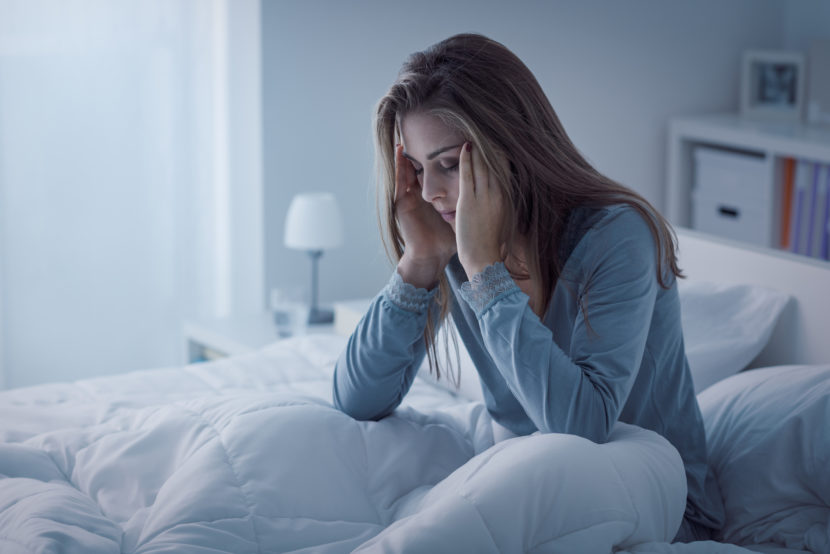

Claustrophobia is a form of hysteria disease, wherein an irrational fear of having no breakout or being closed-in can cause a panic attack. It is considered a selected phobia in line with the Diagnostic and Statistical Manual 5 (DSM-five). The triggers of claustrophobia may also include being interior an elevator, a small room with no home windows, or maybe being on an airplane. If you revel in claustrophobia, you could feel as if you’re having a panic attack, even though claustrophobia isn’t a panic situation. For some people, claustrophobia may also disappear on its own. Others may additionally need remedies to manipulate and address their signs and symptoms.
Up to five percent of Americans may experience claustrophobia sooner or later in their lives. If you’ve got felt tense within the closing 6 months about being in a limited area or crowded region, or you have averted those conditions, because of this, it’s possible that you’re suffering from claustrophobia.
Claustrophobia is frequently brought about due to an annoying formative year of experience. Adults are more likely to get claustrophobic if as a baby they had been:
Claustrophobia also can be brought on by using unsightly reports or situations, along with turbulence when flying or being caught in a tube tunnel between stations. A child growing up with a figure who has claustrophobia can also broaden claustrophobia by way of associating restricted areas with their discern’s tension and feeling helpless to comfort the individual they cherished.
Claustrophobia is one-of-a-kind for everybody. The anxiety can range from moderate nervousness to a complete-blown panic attack. For medical doctors to diagnose anxiety as a phobia, it has to be serious sufficient to have an effect on your ability to live everyday life. Being inside an enclosed area can cause symptoms along with:
Your neurologist will ask about your symptoms and health history, and they’ll give you a physical exam. They’ll take into account any fear that may:
Without treatment, you might find that you deal with claustrophobia by avoiding the object of your fear. You might stay away from tight places, take the stairs instead of the elevator, or walk instead of riding the subway. You might scan every crowded room for the exits or stand close to the door. Some people, if their anxiety is severe enough, may be afraid to leave their homes.
Avoiding tight spaces won’t make your phobia go away. The first step in getting treatment is to see a neurologist. Several types of therapies can help to treat claustrophobia:
If you’re so afraid of enclosed spaces that it affects your daily routine, get help from a mental health professional. You can see a psychologist, neurologist, or anxiety specialist. With the right treatment, you can learn how to control your response to situations you once feared.
Sick of customers missing critical order updates in their clogged inbox? The answer is easy:…
The construction world is evolving by adopting the newest technology in the guise of Artificial…
Browsing an online shop only to halt instantly as a product animates on the screen.…
Assume this: you're standing in line at a café. The person ahead of you pulls…
Demands from work, family, and social commitments can feel never-ending, which means self-care is often…
Making your home more modern while achieving a refreshed look exists without the necessity of…